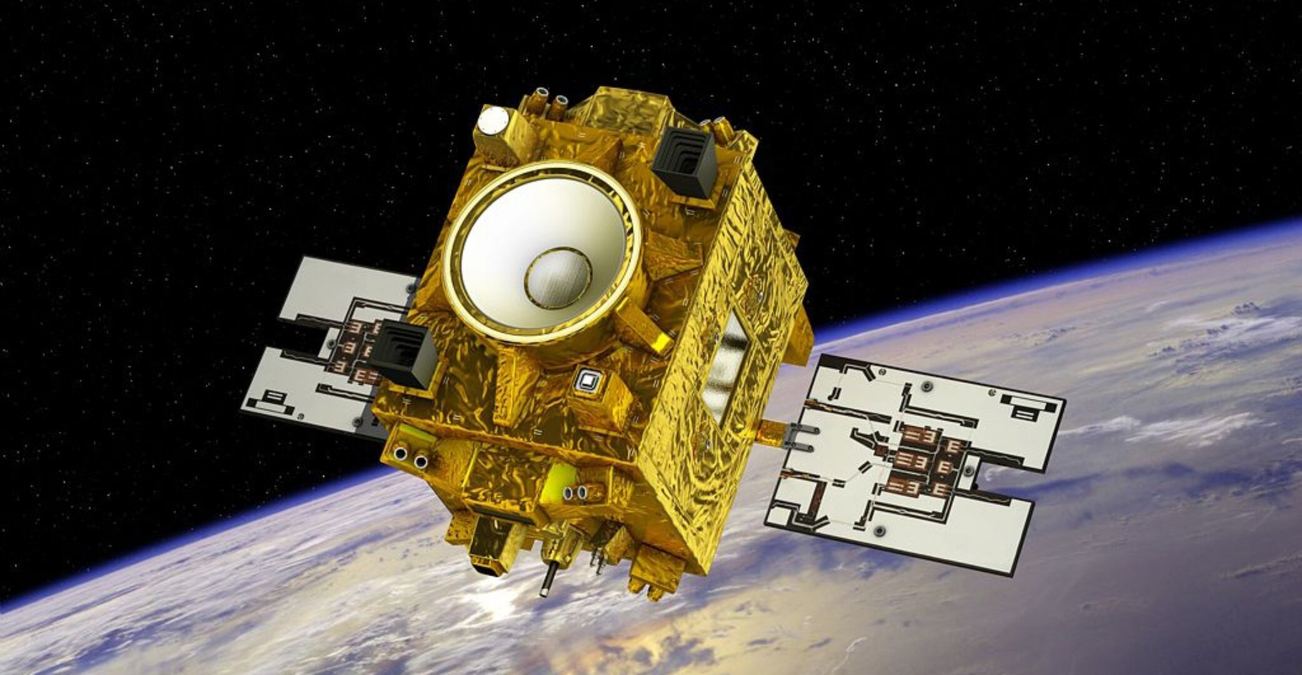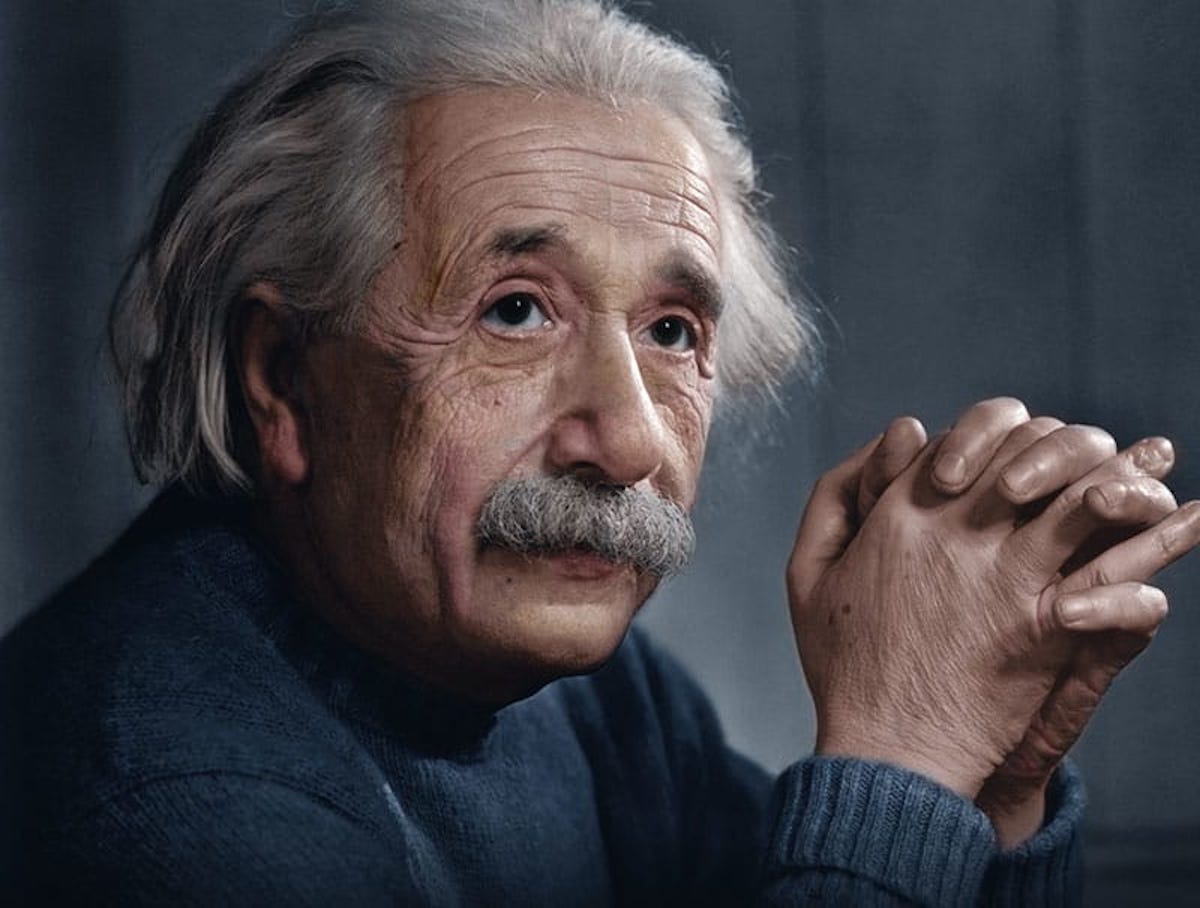The most stringent test of the fundamental physical concept of weak equivalence to date has been carried out in space, and the results have once again confirmed Einstein’s theory of relativity. To determine whether both test masses react similarly to gravity, the MICROSCOPE satellite experiment compared their motions. The equivalence principle was therefore verified to be within a factor of 10–15 for the first time. Physicists believe this also drastically reduces room for extensions of relativity.
It was first seen by Galileo Galilei, then defined by Isaac Newton, and finally made famous by Albert Einstein as the central piece of his general theory of relativity. According to the concept of weak equivalence, all things, regardless of mass or composition, experience the same acceleration due to gravity when no other forces are present. Consequently, in a vacuum, the rate of descent of a feather and a lead ball is the same.
Numerous studies, such as drop tests in Earth orbit and in labs, as well as laser measurements of the lunar distance, have previously proved the accuracy of this equivalency concept. However, the very high accuracy of such testing is essential to rule out variations owing to new quantum physical processes or as-yet-undiscovered particles.
Test objects in the form of floating cylinders
The equivalence principle has now been shown with the greatest accuracy. These findings originate from an experiment conducted on board the MICROSCOPE spacecraft, which was in a sun-synchronous, low-Earth orbit from 2016 to 2018. Two sets of test masses were suspended in midair by electrostatic forces to conduct the weak equivalency test. Accelerometers with a high degree of sensitivity captured every tremor produced by the test masses.
One set of test masses was made up of two cylinders of the same mass and diameter made out of a dense platinum-rhodium alloy. In the second set, a cylinder made of titanium and aluminum was switched for one of the test masses. Any shift in the satellite’s angle with respect to Earth and, by extension, the planet’s gravitational field, would have an effect on the test objects. A violation of the equivalence principle would occur if the response of the unequal test masses differed from each other and the reference.
The equivalency principle was proven in 2017 with a precision of 10–14 by the team surrounding mission leader Pierre Touboul from the research center ONERA in Paris, and their findings were published.
Einstein’s equivalence reconfirmed
Meanwhile, the physicists have thoroughly assessed all 2.5 years’ worth of data from the MICROSCOPE experiment, as well as various causes of mistakes and uncertainty. They have established the most stringent boundaries to date for the applicability of the weak equivalence principle and discovered no evidence of its violation.
This test of the equivalence principle also rules out deviations from this aspect of relativity. As a result, researchers also set improved boundaries for future theoretical work. Due to the nature of the equivalence principle, any new particles or forces that violate it can now only manifest themselves outside the limits these scientists have established.
Constraints on the “new physics”
This is important in many contexts, including the hunt for dark matter particles and the investigation of interactions at large scales. At the same time, the MICROSCOPE experiment clears the way for more advanced equivalence principle experiments in outer space. Although the accuracy of these tests has increased, scientists do not anticipate any improvement in the test in the next two decades.





